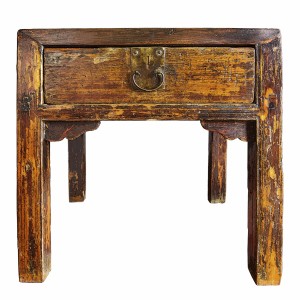 Copyrights and design patents both do the same thing—they protect your visual imagery—but in different ways.
Copyrights and design patents both do the same thing—they protect your visual imagery—but in different ways.
A design patent protects the visual appearance of a useful object—for example, the designs that distinguish one belt buckle from another. Copyright covers a broader palette and protects any original artistic expression—whether architecture, photography, music, writing or dance. These two forms of legal protection overlap when functional objects—for example, bronze bells, table tiles, clay pots or candles—embody a distinctive visual appearance.
You don’t have to choose one protection over the other. If your work qualifies for both copyright and design patent protection, you can—if it’s worth the effort—claim both simultaneously. The combined use of copyright and design patent protection is most effective in crafts works where the design has value in another medium—for example, the design on a quilt could also be transferred to paper or fabric, or your puppet may lend itself to animation or reproduction on merchandise. In that case, design patent law can effectively halt the copying of the craft, and copyright law can stop its being copied in other mediums.
Although design patents offer broad legal rights, they haven’t been widely accepted among crafts designers because of the time, expense and legal hurdles involved in the registration process. The application, drawings and filing fees can cost thousands of dollars depending on whether you use a patent attorney. In addition, your design must be new and not obvious to others in the crafts field. Finally, you must file your application before any disclosure or offer for sale (unless you personally made the disclosure within one year of the filing date).
Most importantly, your design patent is limited to the specific design. For example, if you obtain a design patent for an eagle- shaped belt buckle, you cannot stop others from creating original eagle-shaped belt buckles. You can only stop those that are substantially similar. A design patent may be worth the effort and expense if you have a new design that is likely to be a perennial seller and likely to be copied by competitors. Keep in mind that like a copyright, a design patent is a weapon, not a shield; in order to use it, you must sue or threaten to sue anyone who trespasses on your rights.
